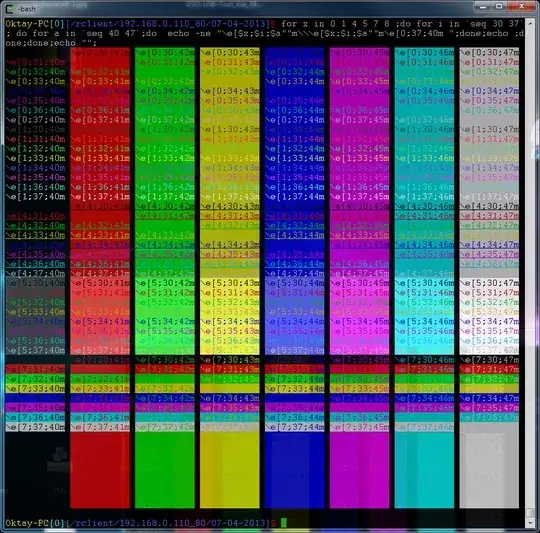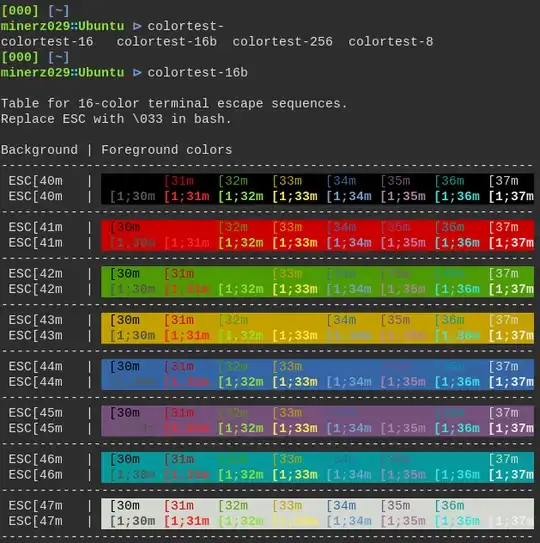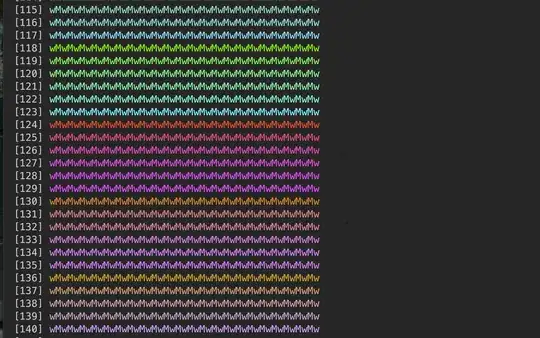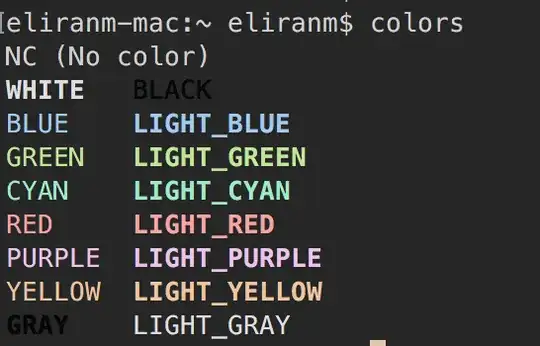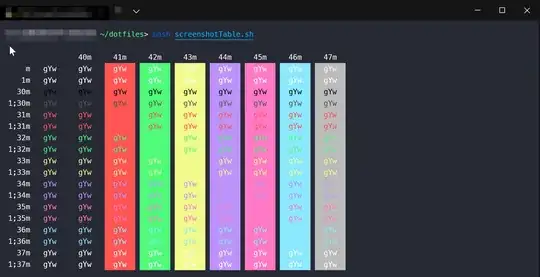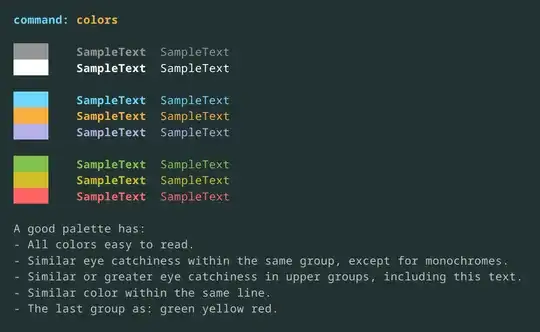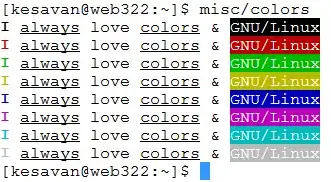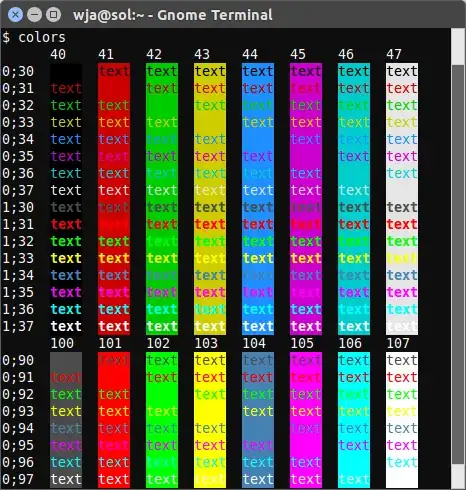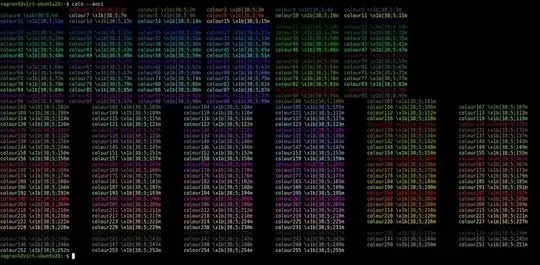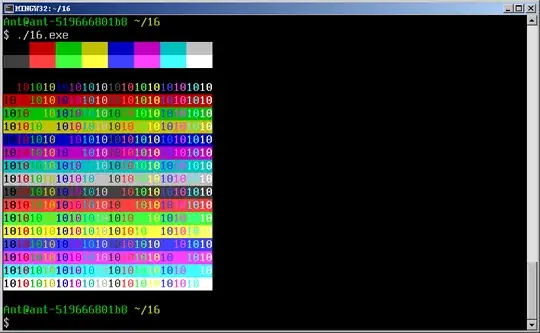Here's my version:
#!/usr/bin/env python
import sys
terse = "-t" in sys.argv[1:] or "--terse" in sys.argv[1:]
write = sys.stdout.write
for i in range(2 if terse else 10):
for j in range(30, 38):
for k in range(40, 48):
if terse:
write("\33[%d;%d;%dm%d;%d;%d\33[m " % (i, j, k, i, j, k))
else:
write("%d;%d;%d: \33[%d;%d;%dm Hello, World! \33[m \n" %
(i, j, k, i, j, k,))
write("\n")
This prints everything. If you want a nice table (that only shows style (0) and (1), normal and bold), you can use the -t or --terse argument:
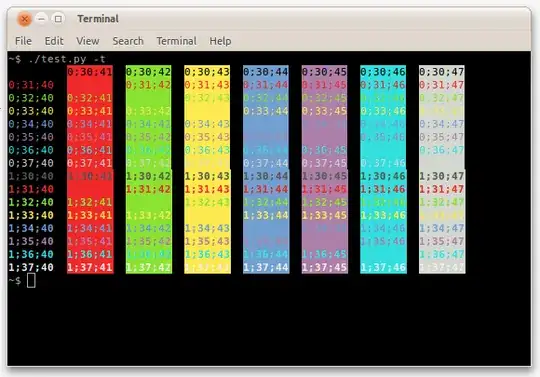
The 'blink' style (5) doesn't work with gnome-terminal. ;-)
If this doesn't work for you, there's something else wrong. Please let us know once you've tested it.

